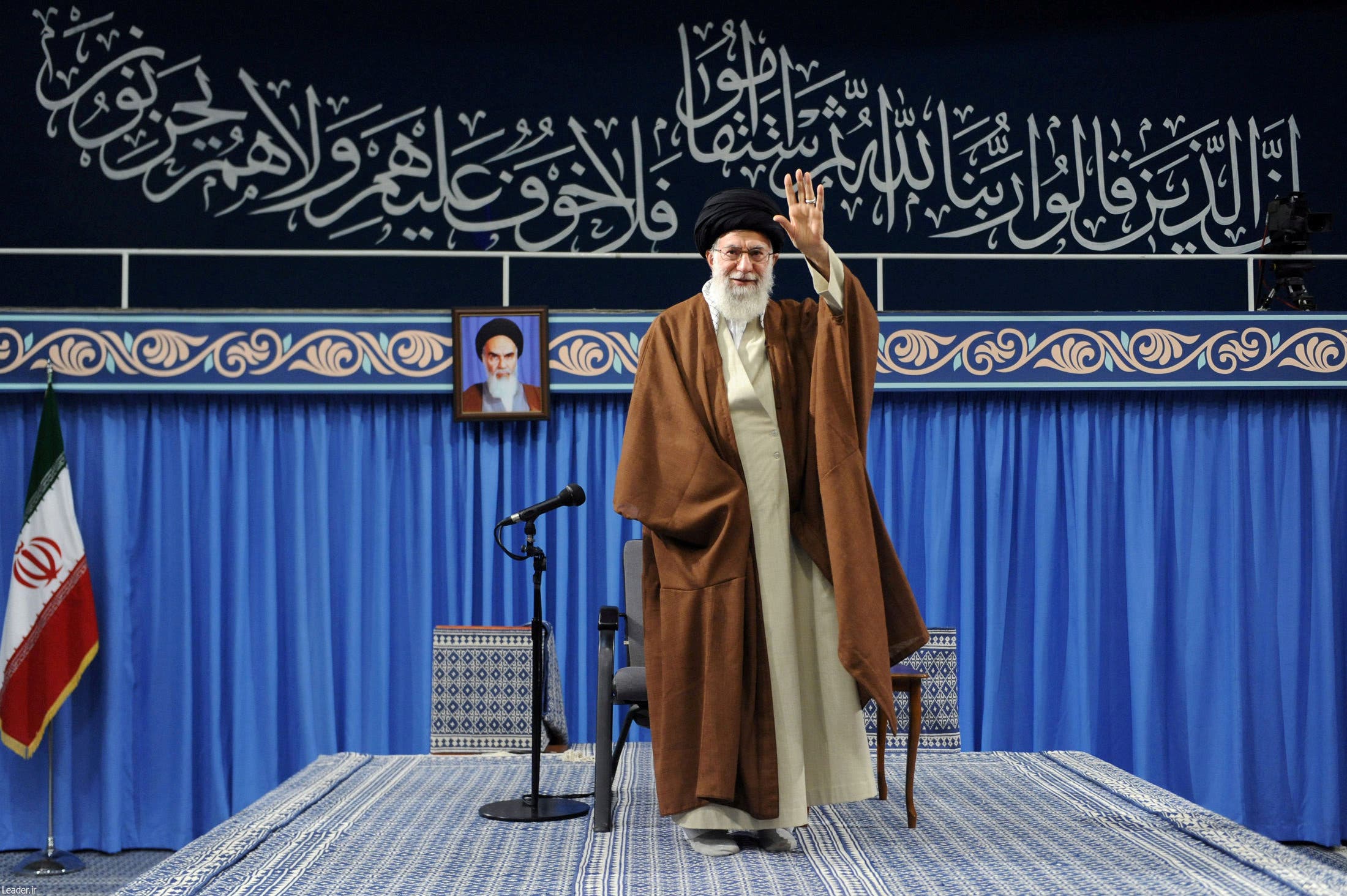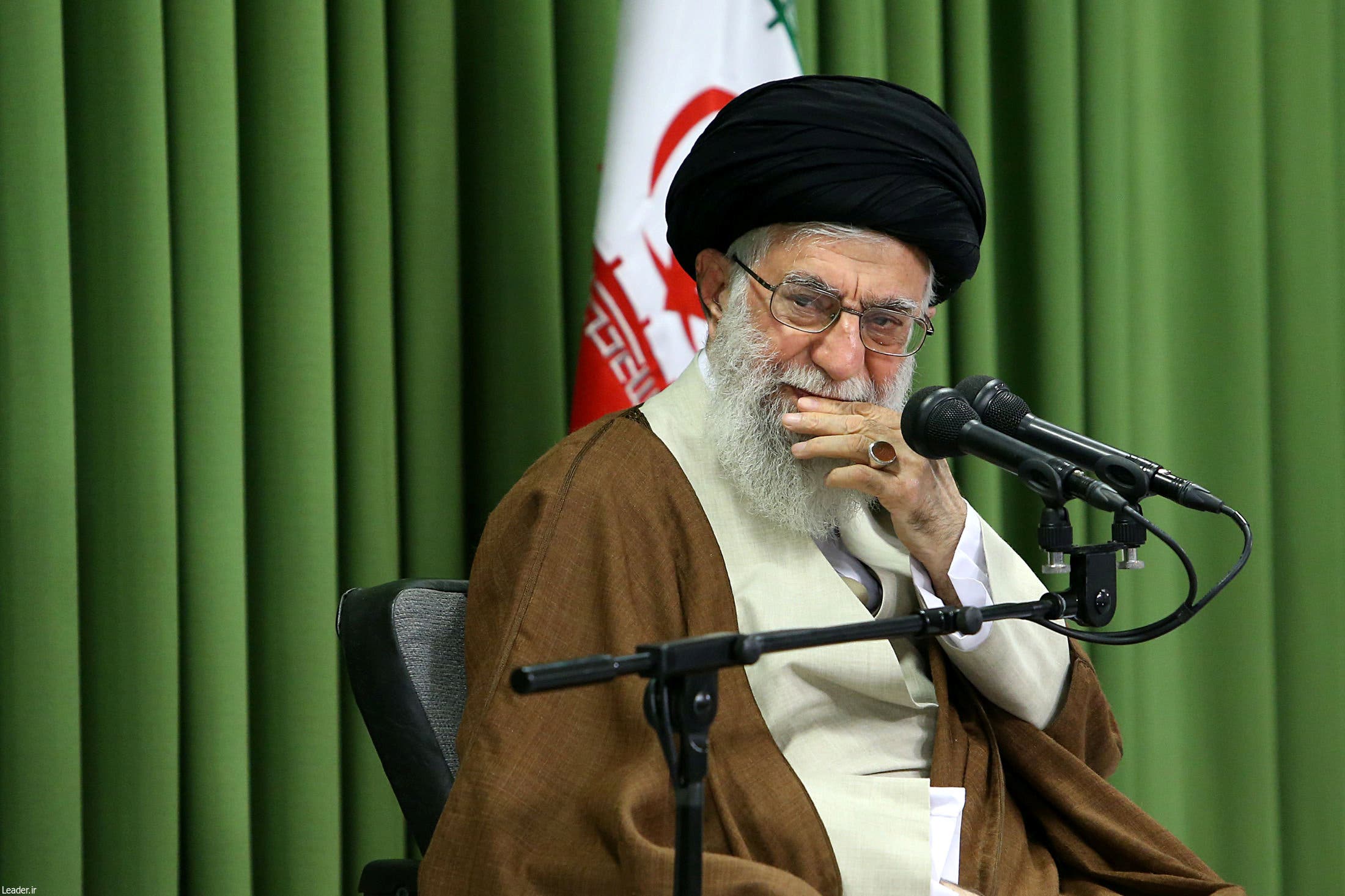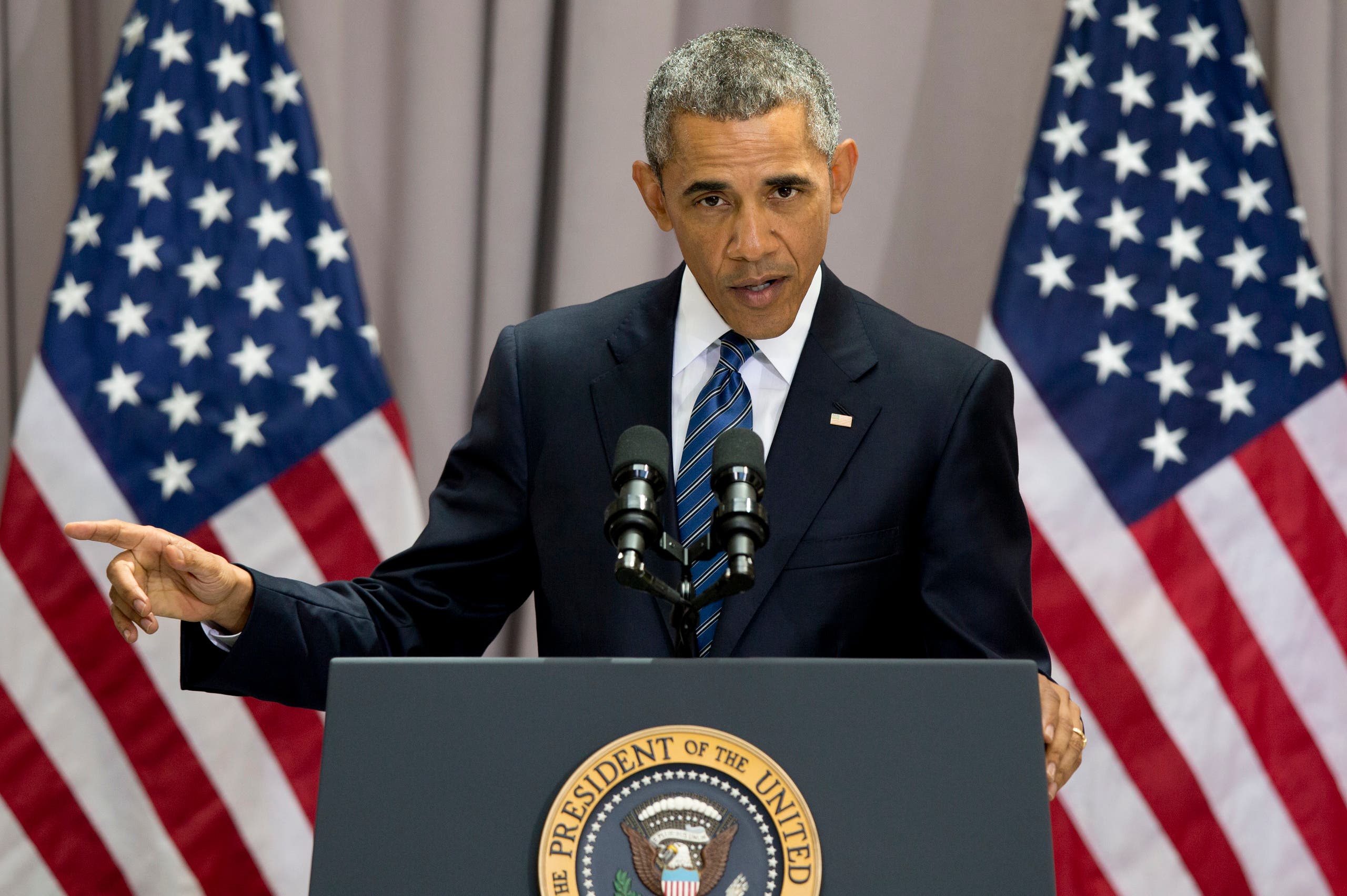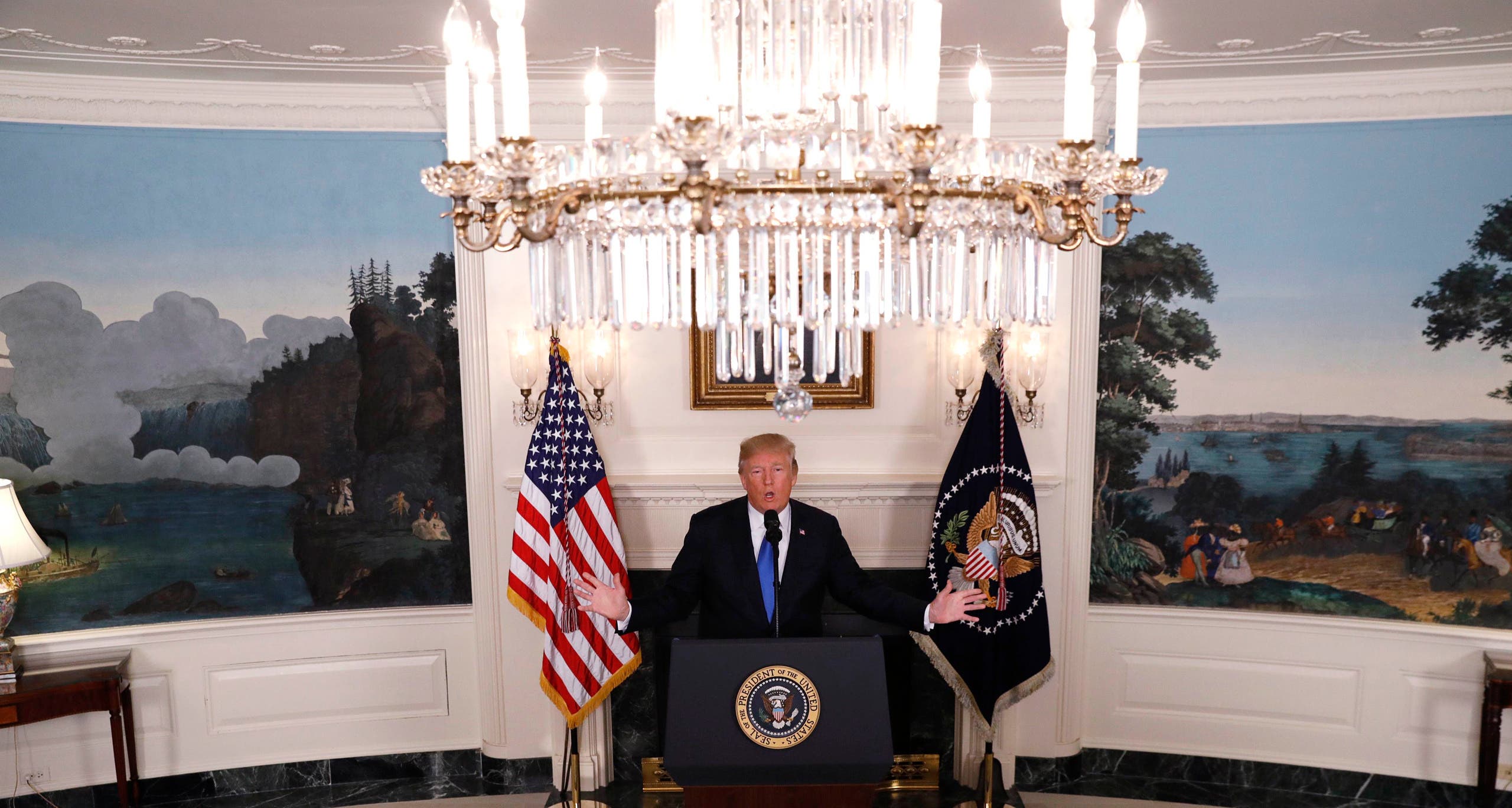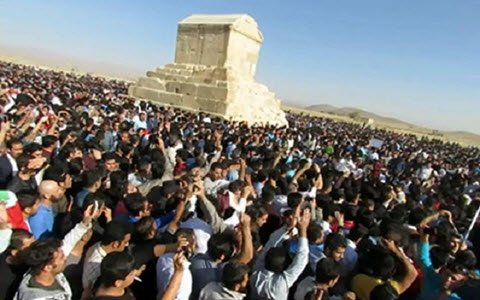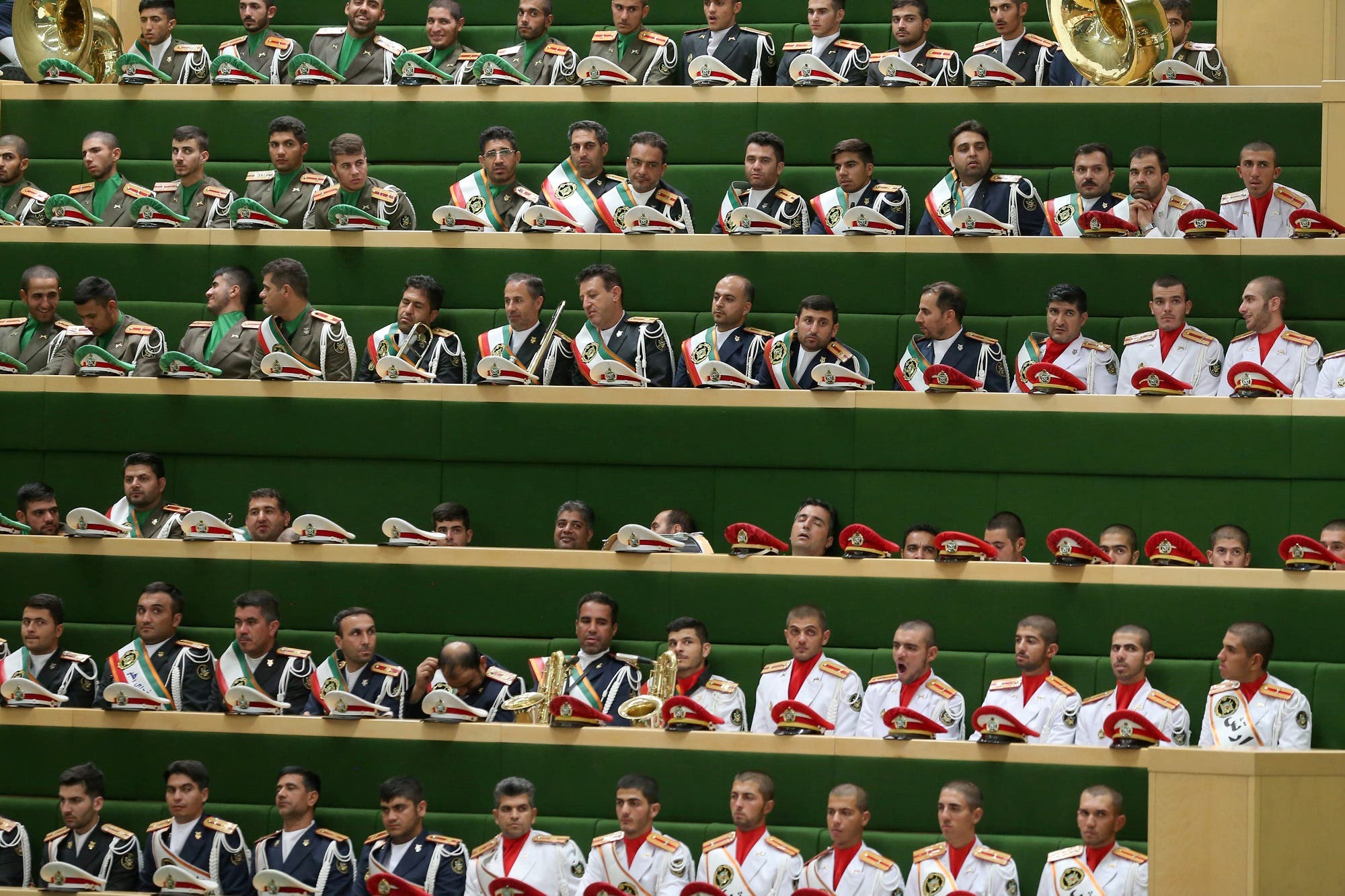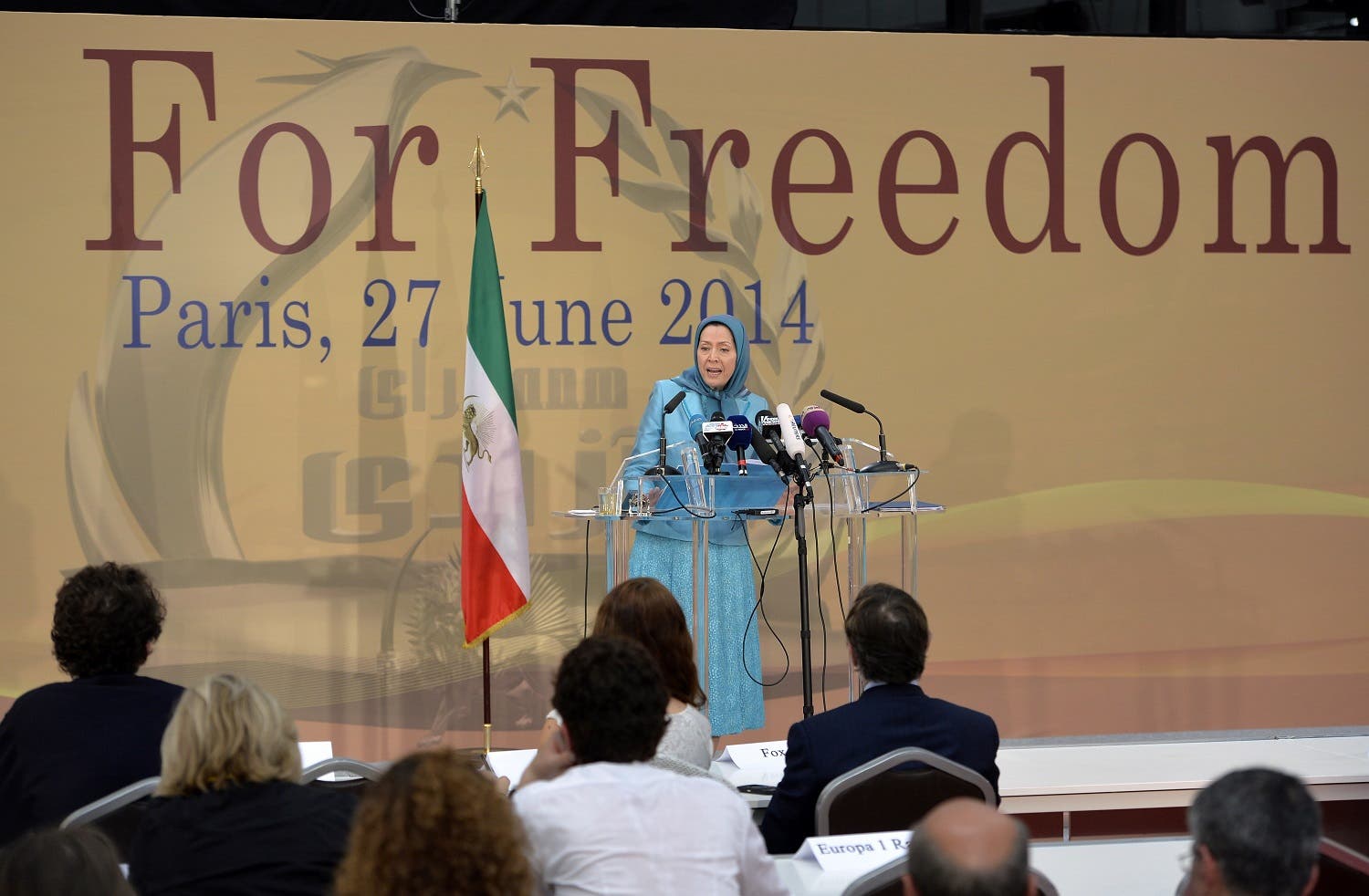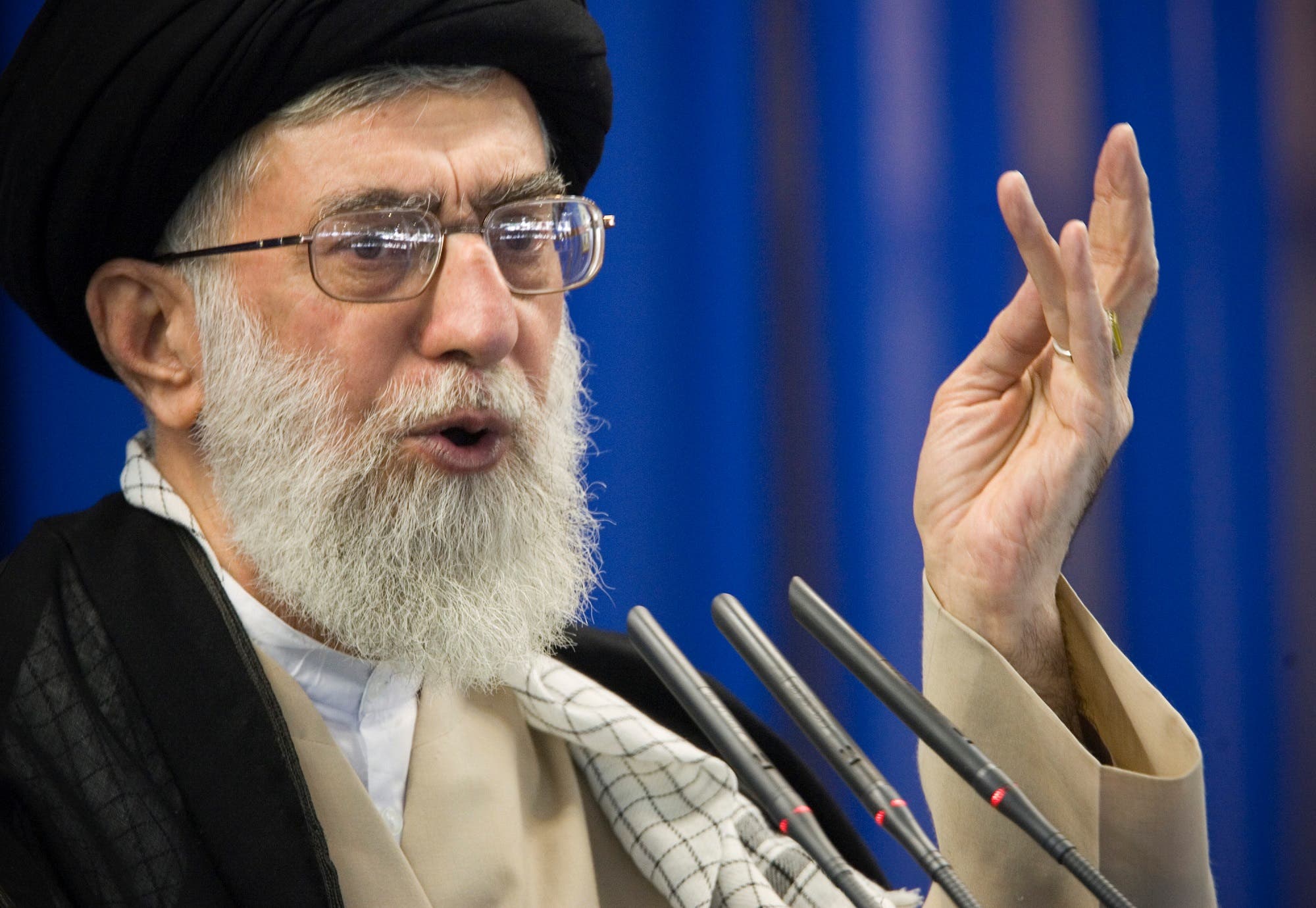On the doorstep of US President Donald Trump’s first National Security Strategy speech, the administration launched an unprecedented campaign of pinpointing the crosshairs on the epicenter of all extremism causing havoc across the Middle East: Iran.
This comes following a Wall Street Journal article explaining how in the post-ISIS world Washington will begin pinpointing its focus and resources on the larger and more dangerous threat posed by Tehran.
‘Hard look’
The Trump administration has made it clear that a wide array of destructive policies adopted by Tehran have become unacceptable, a clear indication of the end of Iran’s years of windblown successes, thanks mainly to eight years of the Obama’s unbridled appeasement policy and strategic mistakes of previous administrations.
Described as a “first” by Reuters, last Thursday US Ambassador to the United Nations Nikki Haley displayed a detailed exhibition of Iranian equipment used to arm Yemen’s Houthi militias – long known to be backed by Iran – and thus, to destabilize the region, especially its archrival, Saudi Arabia.
“We are not just focused on the nuclear program,” Haley said during a press conference at a US Department of Defense hangar where the Iranian equipment were placed before the media. “We’re also taking a hard look at Iran’s ballistic missile program, its arms exports, and its support for terrorists, proxy fighters and dictators.”
Iran can also be described as the facilitator, and maybe even the godfather, of a slate of malign practices rendering suffering across the Arabian Peninsula, leading to the Levant and eastward to Central Asia.
Correction:
Taeb, Khamenei associate:
“… when [#Houthis] want to take Jeddah, Riyadh or… there’s only one solution. Ground Saudi Arabia’s air force & then go in. What do they need? SS missiles. We have plenty & those poor guys didn’t…”#Iran #Yemenhttps://t.co/TYpPvnFA3T— Heshmat Alavi (@HeshmatAlavi) December 17, 2017
“It’s hard to find a terrorist group in the Middle East that does not have Iran’s fingerprints all over it,” Haley continued, adding how this regime is “fanning the flames” of conflict.
It is worth reminding that for decades the US State Department has considered Iran the world’s leading state sponsor of terrorism. We may actually be on the verge of meaningful and long overdue measures against Tehran on this very important and vital subject.
A different Iraq
US policy shifting also faces major decisions regarding the path forward in Iraq, as the three year war against ISIS group begins to wind down and Washington seeks to roll back Tehran’s influence over Baghdad. Disputes between the central government and the Kurdish region, parallel to the May general elections in which Prime Minister Haider al-Abadi seeks reelection, are important subjects for all parties involved.
“Iran simply does not respect the sovereignty of its neighbors,” said Douglas Silliman, the US Ambassador to Iraq, while voicing how Washington is encouraged over recent efforts made by Baghdad to establish stronger ties with Riyadh and Amman.
This adds to Tehran’s troubles in Mesopotamia, as there are signs of growing rifts among its allies in Iraq’s Shiite majority. A stereotype mentality would suggest Iran is seeking the return of Nouri al-Maliki, a former prime minister considered by many as extremely loyal to Tehran.
Maliki, however, would need the unified support of Iraq’s Shiite community. Troubling Iran’s intentions is how various influential figures, such as Muqtada Sadr, have established close ties with Riyadh or signaled their own objectives.
Hadi al-Amiri, commander of Iraq’s largest Shiite paramilitary group, the so-called Badr Organization, called on his fighters on Thursday to begin taking orders from the national military and end their ties with the group’s political wing.
This move, parallel to unconfirmed reports of orders for the group’s fighters to withdraw from cities they currently control, paves the path for Amiri to take part in the upcoming May 12th parliamentary elections.
Back in July, Ammar al-Hakim, a politician known for his links to Iran, withdrew from the Tehran-backed Islamic Supreme Council of Iraq to launch a new party, the National Wisdom Movement. Al-Hakim has claimed to seek Sunni support for his new initiative.
July was the same month of Sadr’s Saudi and UAE visit, and he also raised eyebrows by calling for the controversial Popular Mobilization Forces to dismantle and integrate into the country’s armed forces.
Reports also indicate that Sadr intends to establish a political alliance with Abadi, the al-Wataniya slate of Iraqi Vice President Ayad Allawi and the Civil Democratic Alliance before May’s elections. Raising concerns for Iran is the fact that all these parties have called for political reforms in Iraq.
Necessary deterrence
With the US military effort against ISIS decreasing in necessity, the Trump administration is also weighing the future of its Syria campaign, with Iran on their mind. Having recently announced the presence of more than 2,000 American forces stationed currently in Syria, the new goal for these units is a highly debated subject.
As we remember the drastic experience of Obama’s premature pull-out of Iraq and the resulting consequences that paved the path for the rise of ISIS, US Defense Secretary James Mattis has indicated American troops have no intention of leaving the Levant in the foreseeable future.
It is vital to ensure ISIS is prevented the ability to morph into a dangerous new entity with the potential of raising new threats in this already hostile region. Furthermore, rest assured Washington is taking into considerable consideration the presence of Iranian proxies across the Levant, and how the stationing of US troops on the ground acts as a major deterrence element against Tehran’s treacherous initiatives.
Times have changed
Advocates of engagement vis-à-vis Iran are accusing the Trump administration of trailing the path of launching a war with Iran. Their intentions are far from preventing the US from entering a new war, but to protect Tehran from any strong measures, including international sanctions that target the regime and actually benefit the people by weakening the ruling system.
This piece is not a call for war with Iran, and there is a logic that needs understanding for those concerned about Iran responding violently to a US policy shift. Tehran’s support for militias in Iraq back in the 2000s enjoyed the support of two key elements:
1. A completely unified Iranian regime with former Iranian president Mahmoud Ahmadinejad acting as the puppet of Supreme Leader Ali Khamenei.
2. Billions in revenue rendered by skyrocketing oil prices soaring up to nearly $140 a barrel in June 2008.
This is not the case today, as Iranian politics is a scene of unprecedented internal quarrels described locally as “dogfights,” and the lowered price of oil and increasing sanctions leveled against Tehran are disrupting the regime’s efforts, seeking to maximize its regional bellicosity.
‘Global threat’
As emphasized by Ambassador Haley, it is high time for the international community to take decisive action, such as crippling sanctions targeting the regime and its belligerent institutions, to finally bring an end to what has become “a global threat.”
The Iranian opposition National Council of Resistance of Iran, known for blowing the whistle on Tehran’s clandestine nuclear program, indicates how a “firm policy hinges on the following practical measures:
– Evicting the IRGC and its proxy militias from Iraq, Syria, Yemen, Lebanon and Afghanistan, and preventing the transfer of Iran’s weaponry and troops to these countries;
– Imposing comprehensive sanctions on Iran and the IRGC, especially preventing their access to the global banking system;
– Referring Iran’s human rights violations dossier, particularly the 1988 massacre of over 30,000 political prisoners, to The International Criminal Court, and placing the regime’s senior officials responsible for these crimes before justice;
– Imposing previous UNSC resolutions covering Iran’s nuclear weapons program, banning uranium enrichment, and launching unconditional inspections into the regime’s military and non-military sites.”













